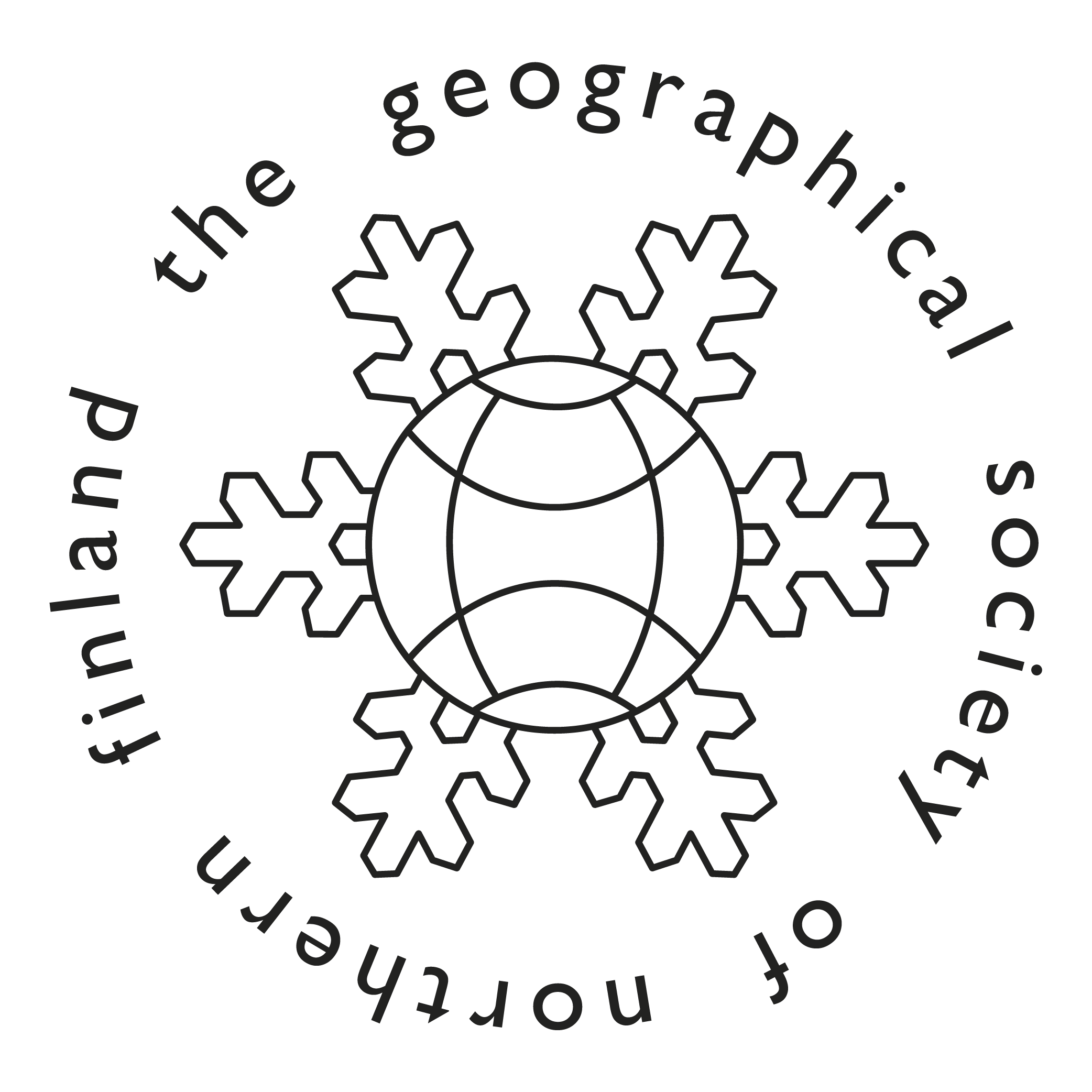Searching for spatial patterns in the northern environments – Modern physical geography at the University of Oulu
Abstract
In physical geography, the focus of research is on the natural processes of the Earth which provide the physical settings for human activities. Technical innovations like geographical information system (GIS) and remote sensing combined with statistical analysis have become effective approaches to study complex spatial patterns at various scales. Many of modern physical geography studies concentrate on exploring the human–environment relationship and assessing possible future changes caused by the global change. Geographical approach has proven to be crucial in understanding for example climate change and the degradation of ecosystems and biodiversity, particularly in northern environments. Changing environmental conditions and increasing human impact on our environment have set the scientist in front of a new challenge to solve conflicts between conservation and use of natural resources. These challenges have provided new research possibilities for physical geography. In this paper, we highlight the current study ensembles of the physical geography research group working at the University of Oulu, and address some opportunities and challenges physical geography is facing in the future. Basically, a geographical approach is crucial in studying changing northern environments so that the comprehensive and holistic point of view is not forgotten. Physical geographers with a working knowledge of modern GIS methods and spatio-temporal modelling tools can significantly contribute to the study of cutting-edge environmental issues.






